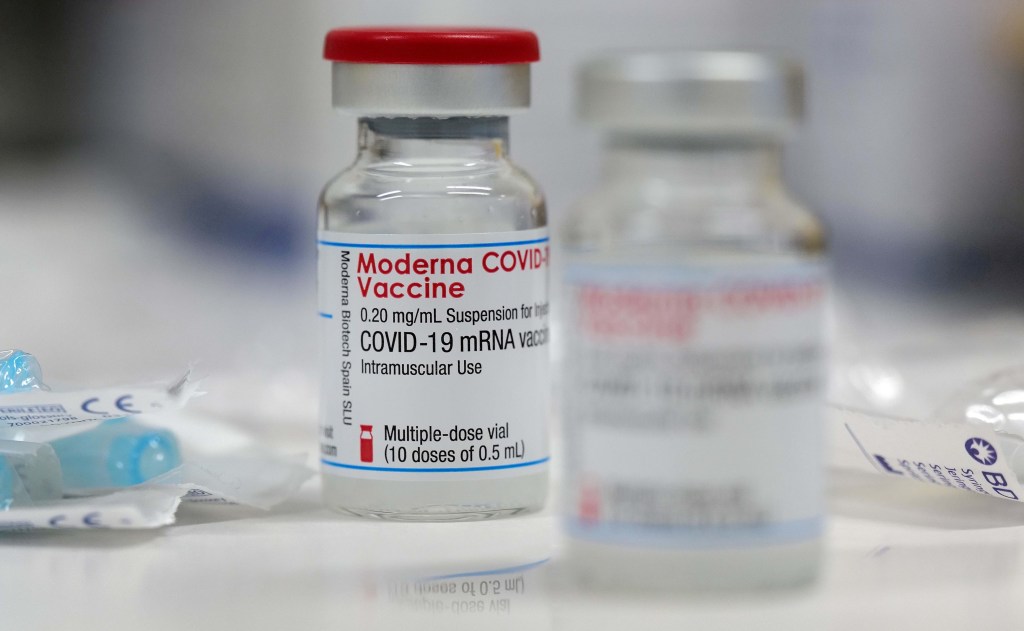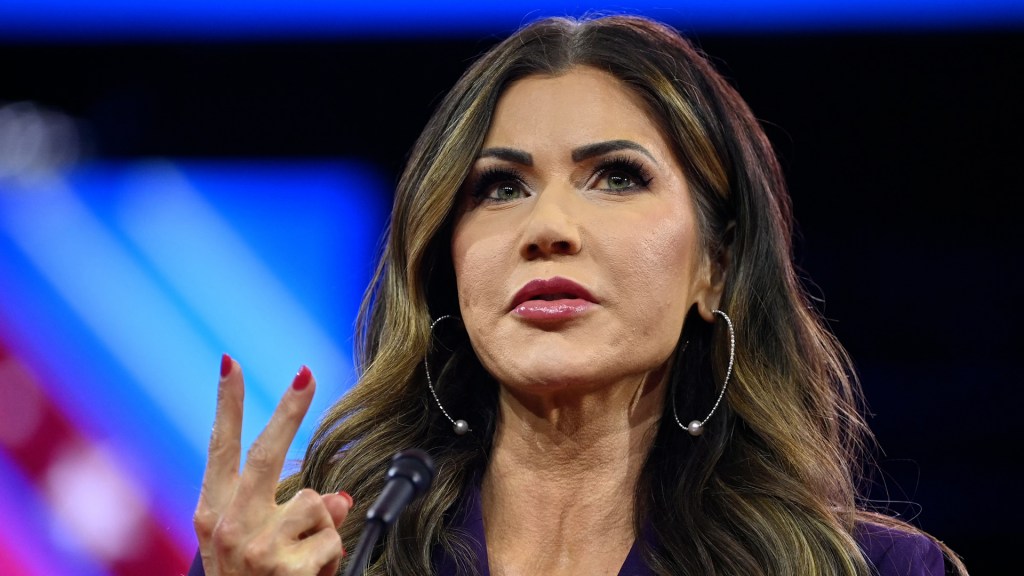The European Medicines Agency (EMA) authorized the use of the Moderna COVID-19 vaccine on kids 12-17 years old Friday ahead of the U.S. Food and Drug Administration (FDA). This move paves the way for a second option of vaccine for kids to get.
Until now, the Pfizer vaccine has been the only option for children as young as 12 in North America and Europe. The FDA is currently considering whether to extend the use of the Moderna vaccine to the 12-17 age group.
In its decision, the EMA referenced a study of 3,700 children aged 12 to 17. The study showed the vaccine triggered the same signs of immune protection as it did in adults, and no one in the vaccinated group tested positive for COVID-19.
Like with adults, the most common side effects for kids in the study were sore arms, headache and fatigue. However, U.S. and European regulators have warned both the Moderna and Pfizer vaccines appear to be linked to an extremely rare reaction in teens and young adults. The reaction includes chest pain and heart inflammation.
Slightly more than a quarter of American 12- to 15-year-olds have been fully vaccinated since getting access to the Pfizer vaccine in May, according to the Centers for Disease Control and Prevention. Among those 16 and 17, about 38 percent are fully vaccinated.
Although some other countries have authorized the Pfizer vaccine for children under 18, not all have decided to start using it. The typical reason why is due to the minimal risks children face from the coronavirus. In Britain, for example, health officials have so far declined to recommend children under 18 get the vaccine unless they have medical conditions that warrant it.
Both Pfizer and Moderna have begun testing in even younger children, from ages 11 down to 6-month-old babies. These studies are more complex, because while teens receive the same dose as adults, researchers are testing smaller doses in younger children. The first results from elementary school-aged children are expected in September.
In the U.S., children represent about 14% of the nation’s total coronavirus cases to date. While the young are far less likely than the old to get seriously ill, the American Academy of Pediatrics said at least 346 children have died of COVID-19 in the U.S. alone.






